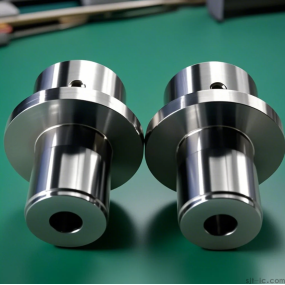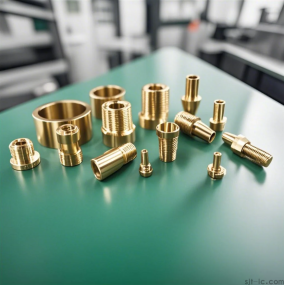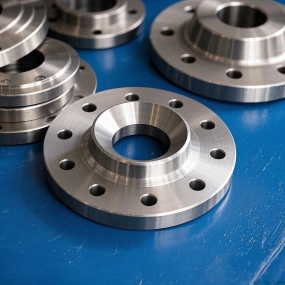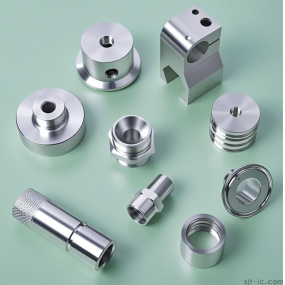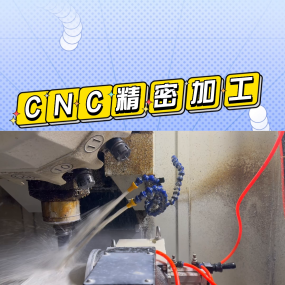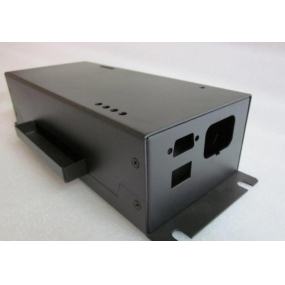The cost of precision parts processing is a key issue that is of great significance to enterprises. Reducing processing costs can not only enhance competitiveness, but also increase the profits of enterprises. Below, I will propose several methods to reduce the cost of precision parts machining from different perspectives.
Design optimization: During the part design phase, focus on optimizing the design to reduce unnecessary complexity and processing difficulty. Try to use standard parts, common specifications, and common materials as much as possible, avoid using special processing techniques and special materials, in order to reduce costs.
Material selection: For the parts that need to be processed, choosing suitable materials is also the key to reducing costs. Choosing materials with relatively low costs and meeting the functional requirements of the parts can effectively reduce costs. At the same time, for parts produced in large quantities, bulk procurement of materials can be considered to obtain better price advantages.
Process improvement: Optimizing processing technology, improving production efficiency, and is also an important means of reducing costs. By adopting advanced processing equipment and techniques, processing time and procedures are reduced, energy consumption and production costs are lowered. At the same time, by optimizing the processing sequence, reducing the number of tool changes, and optimizing tool parameters, production efficiency can be improved and costs can be reduced.
Automation and Intelligence: Introducing automation equipment and intelligent technology can improve production efficiency and reduce labor costs. For example, by using CNC machine tools, automated feeding systems, robots and other equipment, efficient and precise machining can be achieved, reducing human operational errors, improving product quality and production efficiency, and reducing costs.
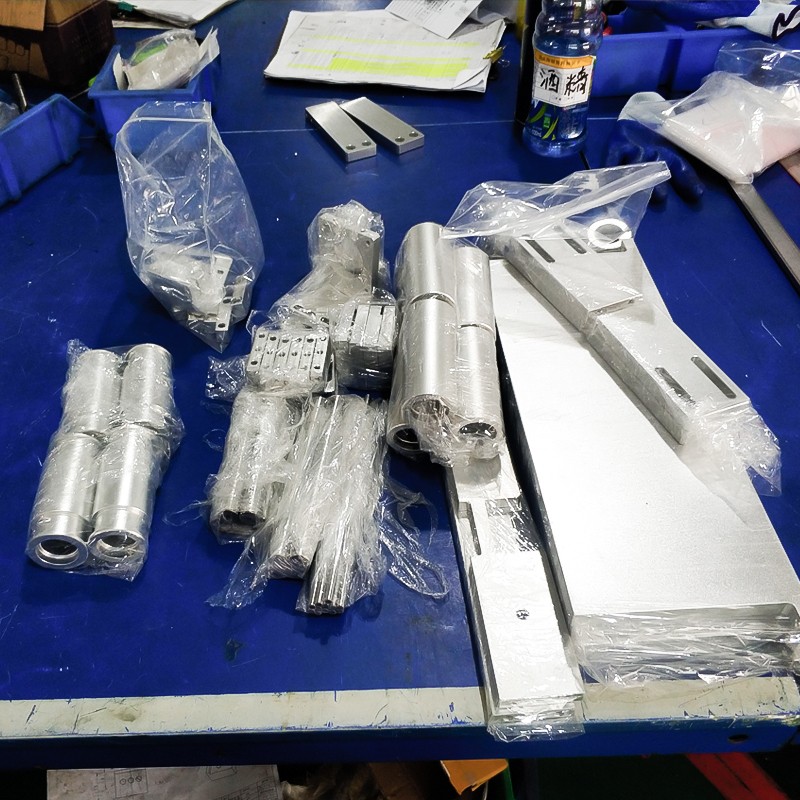
Reasonable procurement strategy: For parts that require outsourcing, developing a reasonable procurement strategy can also reduce costs. Establish long-term and stable cooperative relationships with suppliers to gain better price advantages. At the same time, optimize the procurement process, improve procurement efficiency, arrange sources of goods and inventory reasonably, avoid inventory backlog and idle funds, and reduce unnecessary costs.
Energy and resource conservation: Energy and resource consumption during the processing is also a part of the cost. By implementing reasonable energy and resource management, we can reduce resource waste and energy consumption, effectively lowering processing costs. For example, rational utilization of waste heat and wastewater to improve energy efficiency; Optimize the layout of the production line, reduce the transportation distance of materials and tools, and lower energy consumption.
Strict quality control: During the processing, strict adherence to quality control standards and procedures ensures product quality and avoids cost losses caused by quality issues. By establishing and improving the quality management system, the product qualification rate and one-time pass rate can be increased, waste and rework can be reduced, and costs can be lowered.
Training and skill enhancement: Improving employees' technical skills and processing abilities can also reduce processing costs. Through training and continuing education, improve employees' professional knowledge and skills, enabling them to proficiently operate equipment, reduce operational errors and production accidents, improve production efficiency and product quality, and reduce costs.
In summary, reducing the cost of precision parts processing requires comprehensive consideration of factors such as design optimization, material selection, process improvement, automation and intelligence, procurement strategy, energy and resource conservation, quality control, and employee training. By comprehensively applying these methods, enterprises can effectively reduce processing costs, improve competitiveness and economic benefits.


 Spanish
Spanish Arabic
Arabic French
French Portuguese
Portuguese Belarusian
Belarusian Japanese
Japanese Russian
Russian Malay
Malay Icelandic
Icelandic Bulgarian
Bulgarian Azerbaijani
Azerbaijani Estonian
Estonian Irish
Irish Polish
Polish Persian
Persian Boolean
Boolean Danish
Danish German
German Filipino
Filipino Finnish
Finnish Korean
Korean Dutch
Dutch Galician
Galician Catalan
Catalan Czech
Czech Croatian
Croatian Latin
Latin Latvian
Latvian Romanian
Romanian Maltese
Maltese Macedonian
Macedonian Norwegian
Norwegian Swedish
Swedish Serbian
Serbian Slovak
Slovak Slovenian
Slovenian Swahili
Swahili Thai
Thai Turkish
Turkish Welsh
Welsh Urdu
Urdu Ukrainian
Ukrainian Greek
Greek Hungarian
Hungarian Italian
Italian Yiddish
Yiddish Indonesian
Indonesian Vietnamese
Vietnamese Haitian Creole
Haitian Creole Spanish Basque
Spanish Basque

